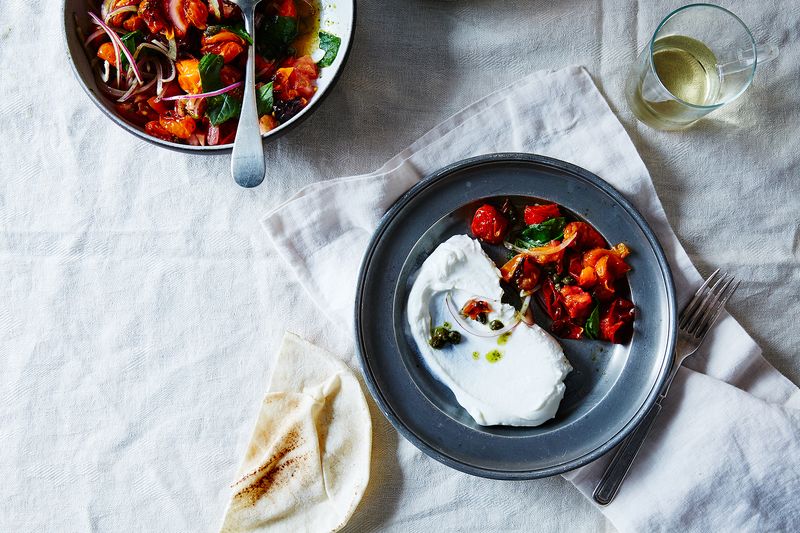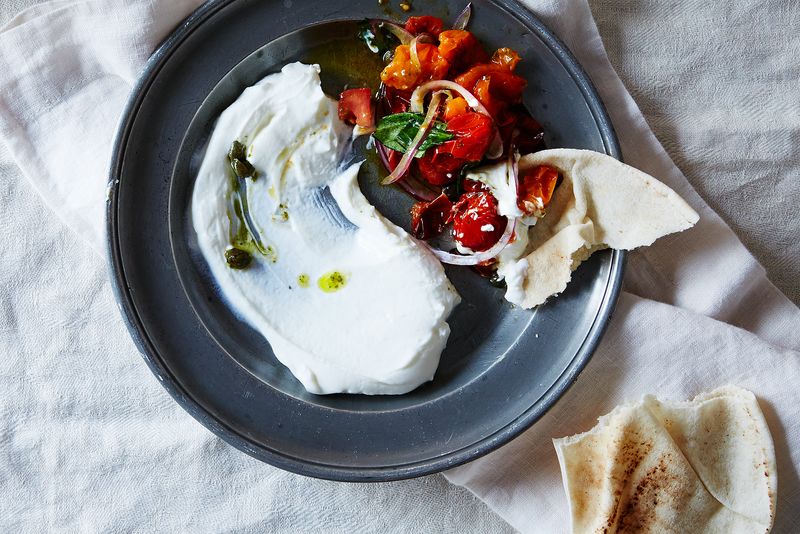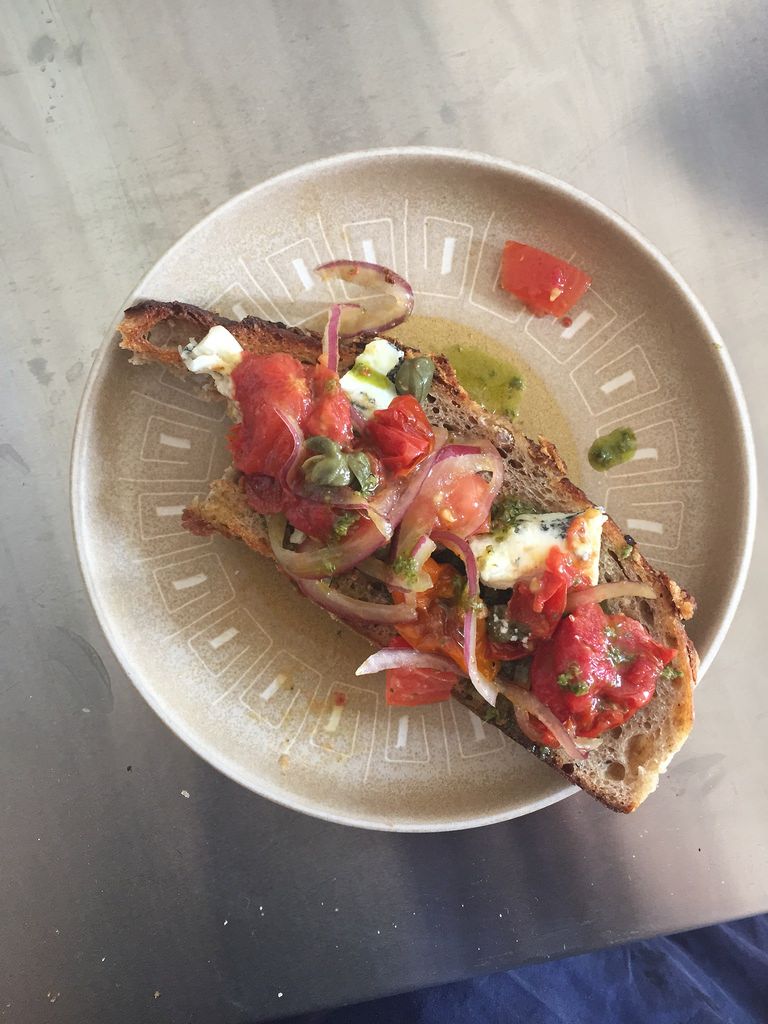Popular on Food52
9 Comments
Henry J.
August 6, 2015
Mom and I love the attention. I am glad that you have inherited my sense of humor.
amysarah
August 6, 2015
If you're caper challenged, you might be traumatized by their cousin, caper berries. They might look like giant science fiction capers, but they’re actually milder than the tiny ones. I’ve encountered them served like olives, e.g., as part of an antipasto, but maybe they can be diced and used in cooking too. Also, I highly rec the River Cafe Cookbook salsa verde recipe - hands down my favorite. (I’m with you on fennel and juniper. A girl can't like everything.)
hnickerson
August 6, 2015
I <3 capers but I read this straight through -- once, twice, a third time -- because your writing is just that good. Hope all is well, Sarah!
Bella B.
August 6, 2015
I really like capers but find them a bit salty if you use too many in a recipe.
xoxoBella | http://xoxobella.com
xoxoBella | http://xoxobella.com
702551
August 6, 2015
While the article makes no mention of them, there are salt-cured capers that have a considerably different flavor profile that some consider superior to the brined ones.
Sarah J.
August 6, 2015
I've actually never tried those, which is why I didn't mention them! I'm very curious to hear what they're like and how you use them differently?
702551
August 6, 2015
The brine cured ones taste mostly of vinegar. I don't use the salt-cured ones any differently, they simply have a better flavor.
Here's what Marsha writes: http://www.marthastewart.com/1005904/salt-packed-capers-cheat-sheet
And another from the Art of Eating: http://artofeating.com/capers-in-dry-salt-are-better/
The salt-cured capers from Pantelleria are highly prized. A lot of Mediterranean recipes call out specifically for the salt-cured ones.
You folks should go to the grocery store and buy some of each and do taste test.
Here's what Marsha writes: http://www.marthastewart.com/1005904/salt-packed-capers-cheat-sheet
And another from the Art of Eating: http://artofeating.com/capers-in-dry-salt-are-better/
The salt-cured capers from Pantelleria are highly prized. A lot of Mediterranean recipes call out specifically for the salt-cured ones.
You folks should go to the grocery store and buy some of each and do taste test.
HalfPint
August 6, 2015
Throw some capers into a traditional chicken salad (you know, the one made with mayo). That's how they make chicken salad at Tealicious in Marble Falls, TX. And it's terrific.






See what other Food52 readers are saying.